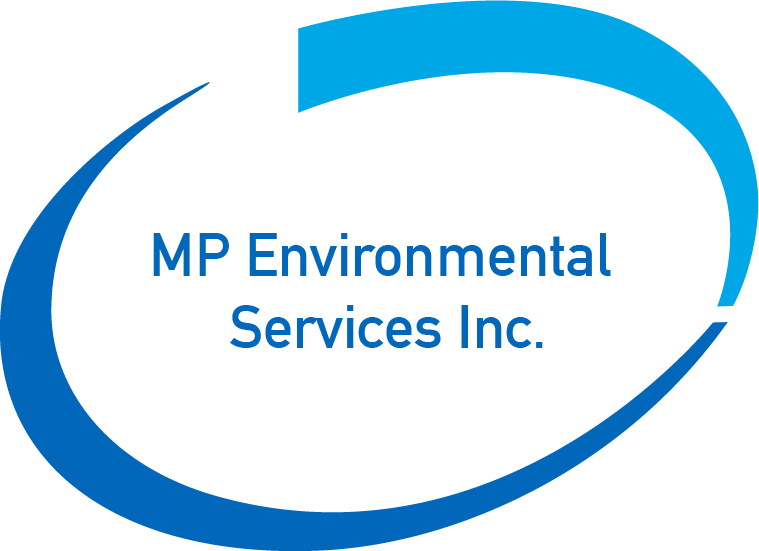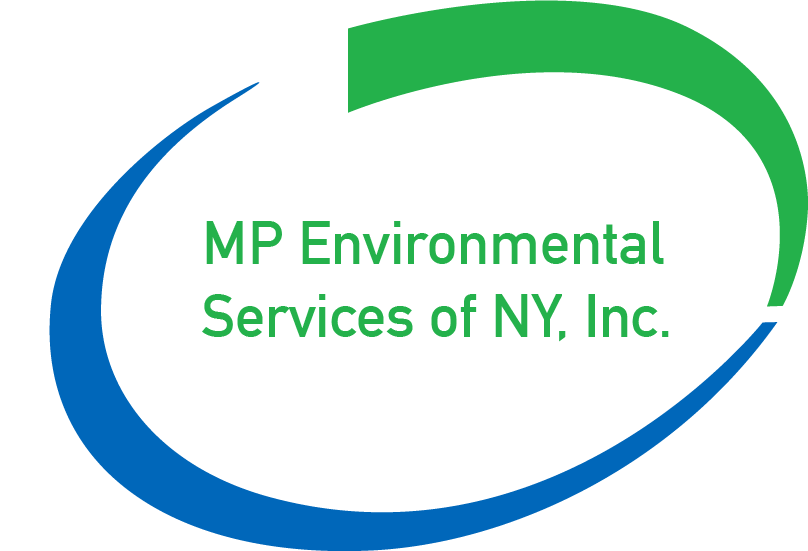Choosing the Best Cleaning Method for Your Remediation Project

Dry Ice Cleaning vs. Traditional Cleaning: What’s the Difference?
When it comes to restoring properties after damage or preparing buildings for renovation, choosing the right cleaning method is critical. At MP Environmental Services, we often recommend dry ice cleaning as a superior alternative to traditional methods, especially for delicate, historic, or heavily contaminated surfaces.
But what exactly sets dry ice cleaning apart? And when is it the best choice?
Let’s break it down.
What Is Dry Ice Cleaning?
Dry ice cleaning, also called dry ice blasting, uses small, high-velocity pellets of frozen carbon dioxide (CO₂) to clean surfaces. These pellets are propelled at supersonic speeds and instantly sublimate, turning from solid to gas on impact.
The rapid thermal shock, combined with kinetic energy, lifts contaminants without damaging the underlying surface. No secondary waste like water, chemicals, or sand is produced, only the removed contaminant.
How Does Traditional Cleaning Compare?
Traditional cleaning methods typically involve:
🔹 Water blasting (high-pressure washing)
🔹
Chemical solvents (detergents, degreasers, graffiti removers)
🔹
Abrasive media blasting (such as sandblasting or soda blasting)
🔹
Manual scrubbing (with brushes or pads)
While effective in some scenarios, traditional methods often introduce new challenges:
⚠️ Added moisture that can promote mold growth
⚠️
Chemical residues that require hazardous disposal
⚠️
Abrasive damage to sensitive surfaces
⚠️
Longer drying times and labor-intensive cleanup
Key Differences Between Dry Ice and Traditional Cleaning
| Feature | Dry Ice Cleaning | Traditional Cleaning |
|---|---|---|
| Waste Production | No secondary waste | Creates dirty water, chemical runoff, or spent abrasive media |
| Surface Impact | Non-abrasive, safe for delicate materials | Can cause etching, erosion, or water damage |
| Speed and Efficiency | Quick cleaning and no drying time needed | Slower, often multiple passes required |
| Environmental Impact | Eco-friendly; uses recycled CO₂, no chemicals | Potentially harmful chemicals and high water usage |
| Versatility | Effective on brick, wood, steel, plastic, electronics | Surface-specific cleaners often required |
| Safety | No toxic fumes or dust | Risk of chemical inhalation or exposure |
When to Choose Dry Ice Cleaning
Dry ice cleaning is ideal for many remediation situations, including:
Soot and Fire Damage Cleanup
Dry ice blasts away soot without adding moisture, which can stain porous materials. It is perfect for restoring wood beams, masonry, and steel after fires.
Graffiti Removal
Dry ice cleaning removes paint from brick, stone, wood, and metal without etching or damaging surfaces. No harsh solvents are needed, which reduces environmental hazards.
Historic Building Restoration
Dry ice cleaning is gentle enough to clean antique stone, brickwork, and wood without harming the original structure.
Industrial Equipment and Facility Cleaning
It removes oil, grease, adhesives, and residues without shutting down machinery or causing secondary messes.
Mold Remediation
Dry ice safely strips mold from wood, masonry, and other surfaces without promoting regrowth through added moisture. It is an excellent option when used in conjunction with proper post-blast treatment.
When Traditional Cleaning Might Still Be Appropriate
While dry ice cleaning excels in most remediation scenarios, traditional methods may still be appropriate when:
🔹 Deep staining or biological contamination requires chemical treatment
🔹 Large volumes of heavy debris need to be physically washed away
🔹
Budget constraints necessitate lower-tech solutions
At MP Environmental Services, we carefully assess each site to recommend the best approach, balancing effectiveness, safety, environmental impact, and cost.
Why Choose MP Environmental Services?
Our dry ice cleaning specialists are trained to handle a wide variety of sensitive and challenging projects. Whether you are dealing with soot, mold, graffiti, or simply need a surface restored without damage, we can customize a plan that protects both your property and the environment.
Ready to see the difference? Contact MP Environmental Services today to schedule a dry ice cleaning consultation.





